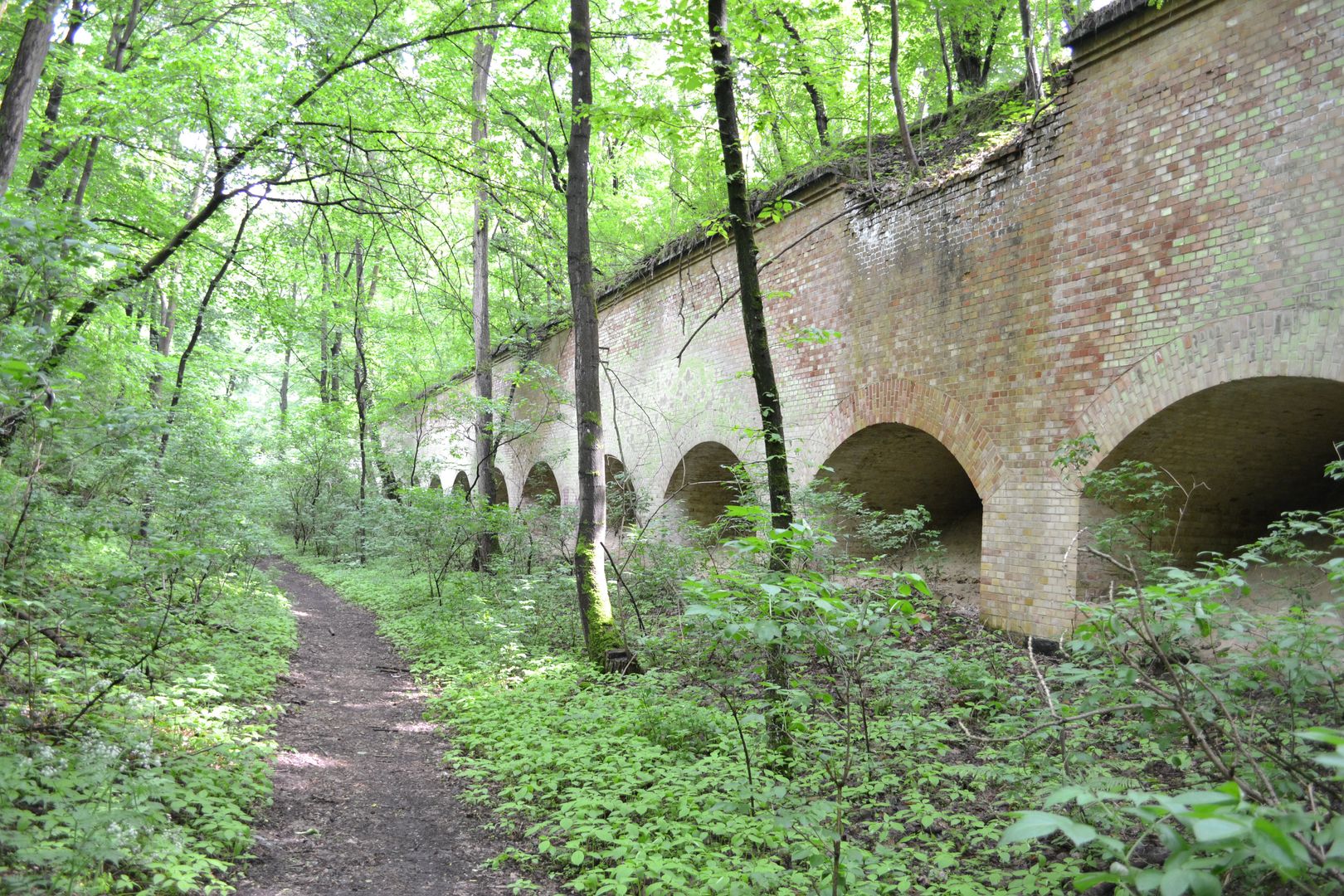Fort Sarbinowo
6.83

Overview
Fort Sarbinowo, also known as Fort Zorndorf, is one of the four forts of the Kostrzyn Fortress, built between 1883 and 1889 as part of the transformation of the fortress into a modern artillery fortification. The construction was inspired by the architectural trends of the time, and the primary material used was brick, which limited its resistance to shelling. As a result, the fort was reinforced with a concrete layer between 1889 and 1890, but rapidly advancing artillery technology rendered its combat value nearly negligible by 1914. During World War I, the fort was used to hold prisoners of war, including notable figures such as the French aviator Roland Garros and Soviet Marshal Mikhail Tukhachevsky. After the war, it served as a transit camp for German optants, and during World War II, it was converted into an ammunition factory. In the post-war period, the fort was used for detonating found ammunition, which contributed to the destruction of its structure. Fort Sarbinowo is distinguished by its impressive architecture, featuring 24 cannons and a garrison of approximately 600 soldiers, including an infantry company. It is surrounded by a dry moat with a depth of 6.5 meters, a width of 10.6 meters, and a length of 1,082 meters. Despite its strategic importance, the fort never saw combat. In 2006, it was inventoried as part of the "Baltic Fort Route" project, which contributed to its protection and the preservation of its historical heritage.
Location
2025 Wizytor | All Rights Reserved